Chapter 3
Part II
Here’s some additional stones with both the terracotta core stone and outer stone layer visible.
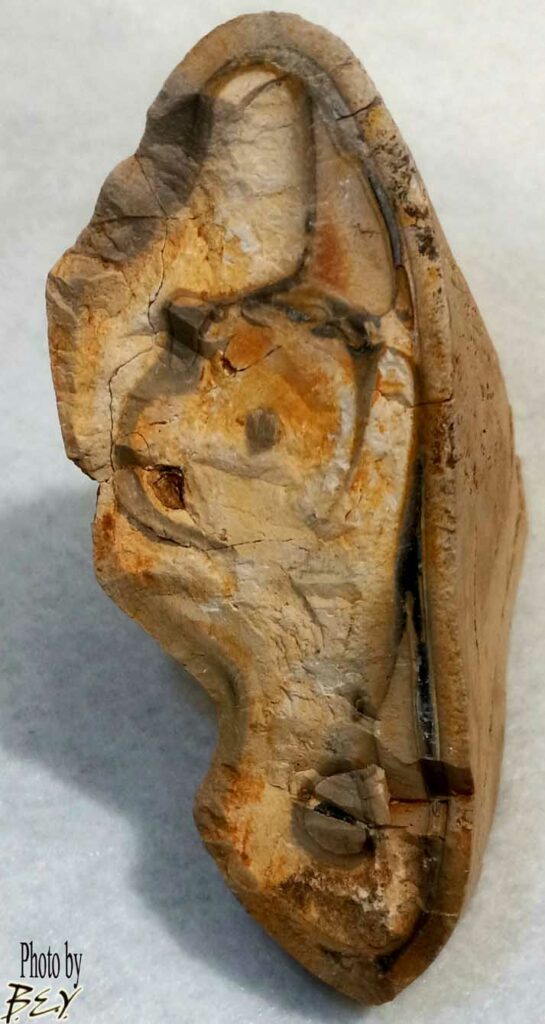
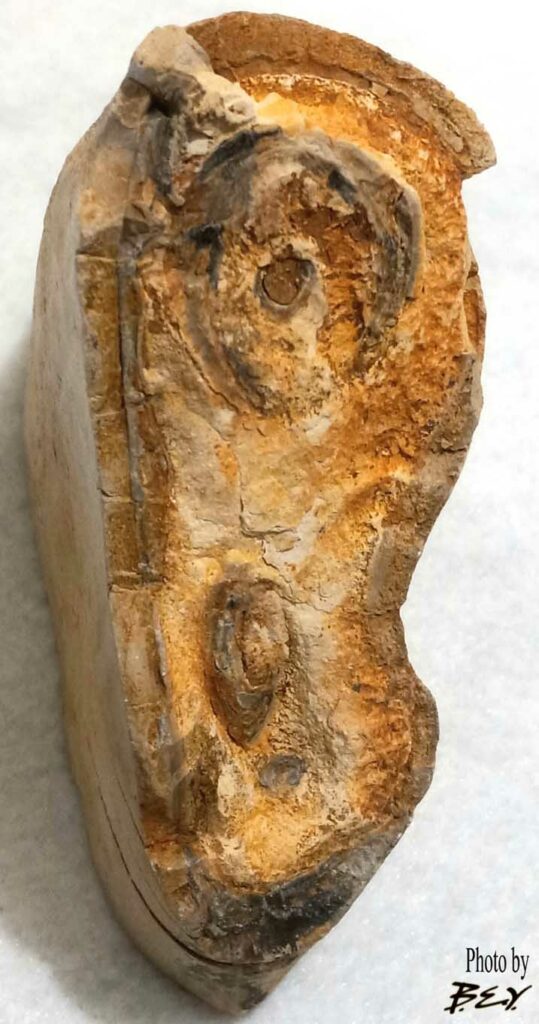
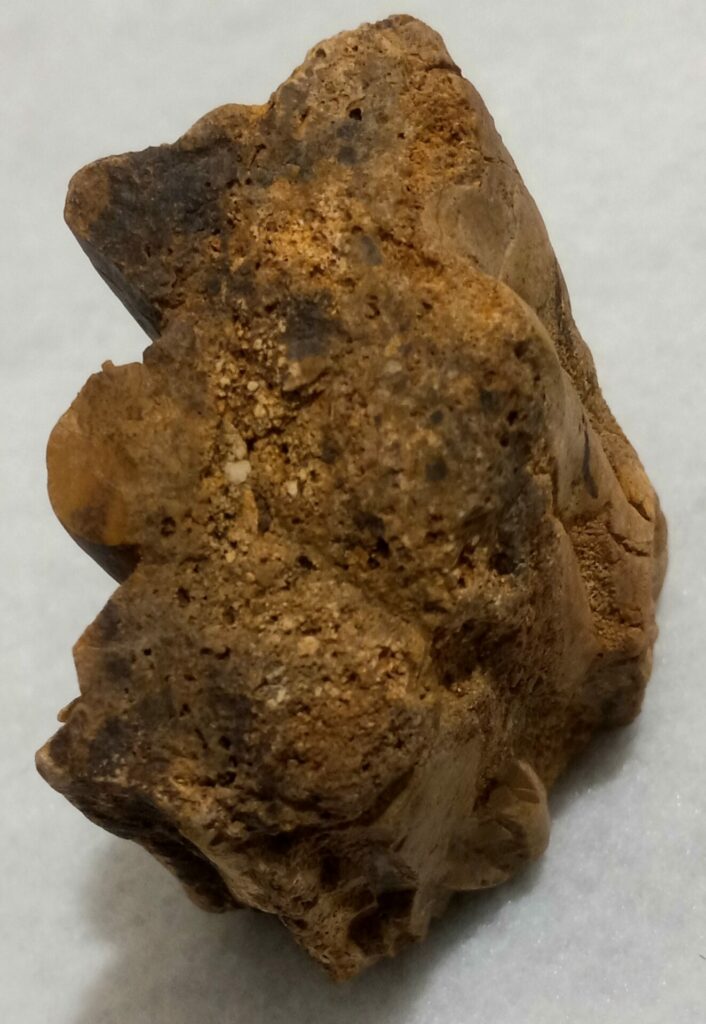
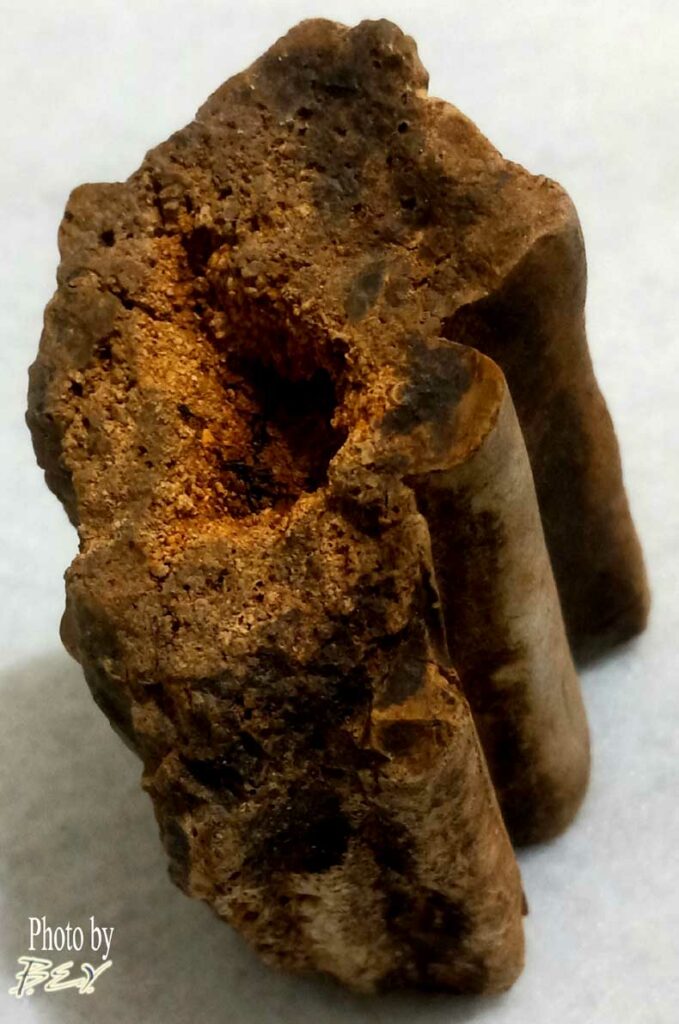
The importance of a stone’s added exterior layer can’t be overstated. The use of this layer on the exterior of stones allowed the Aha to construct some truly phenomenal pieces. The outer stone casings were created in a variety of colors and finishes. Equally important, the Aha were able to apply this stone casing in single or multiple layers. In short, the outer stone layers were integral to the stones completed manufactured process. It enabled the artist to add finer details, such as skin texture and skin color. Also, the outer stone casing provided a receptive canvas for applied inks and pigments as shown in the last example. Outer stone casing layers are somewhat of an enigma, to say the least. How were the Aha capable of producing them? What was the process used to cover terracotta with different types of stone? I have my guesses. Whatever the process, it could not have been carried out by primitive, unskilled people. I’ll let the last questions marinate in your mind for now.
Here are some great examples of stones with their outer stone layer(s) 100% intact.
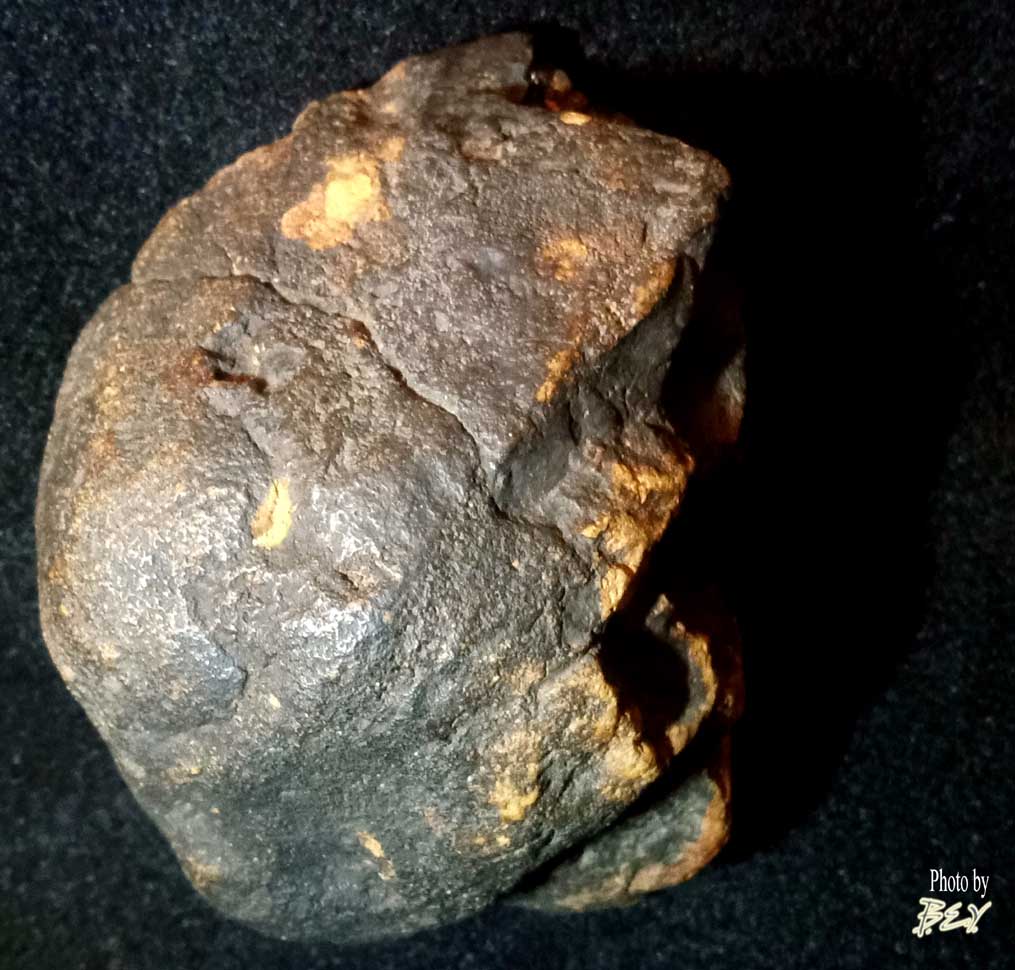
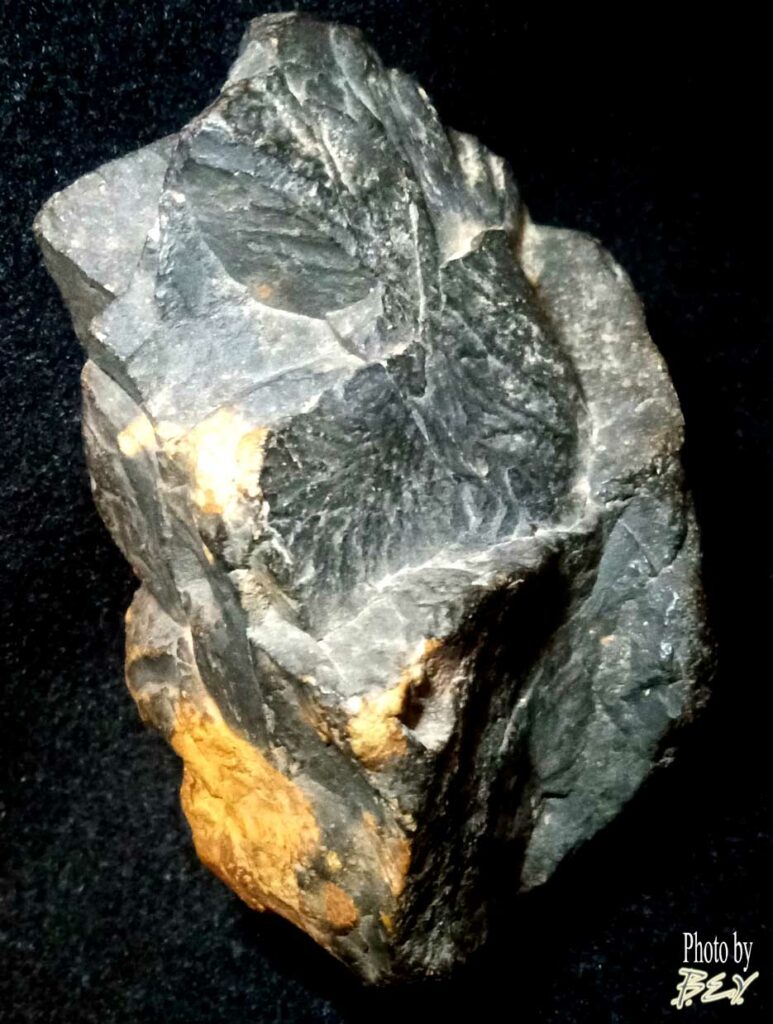
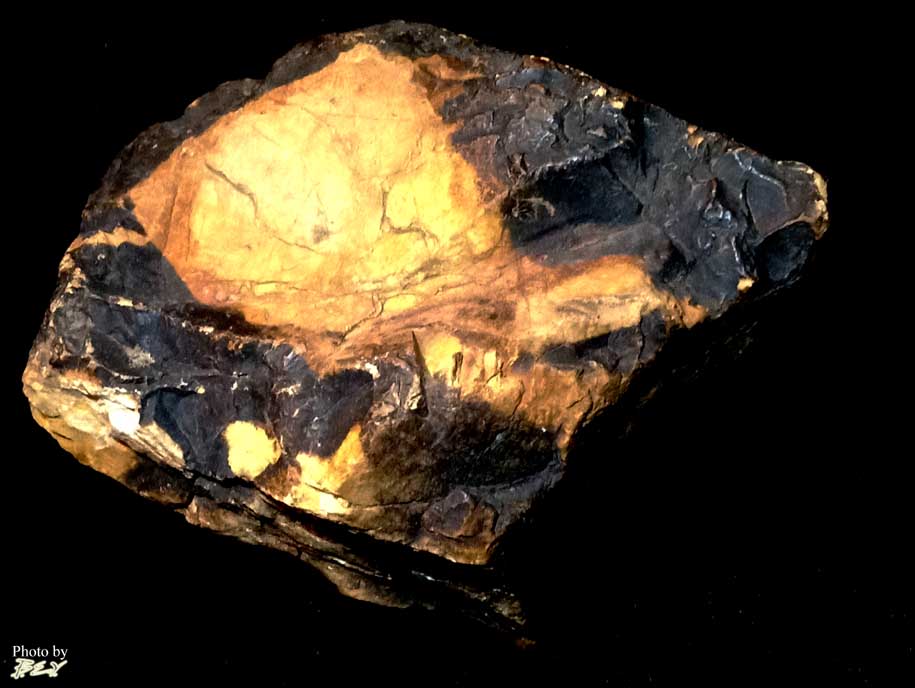
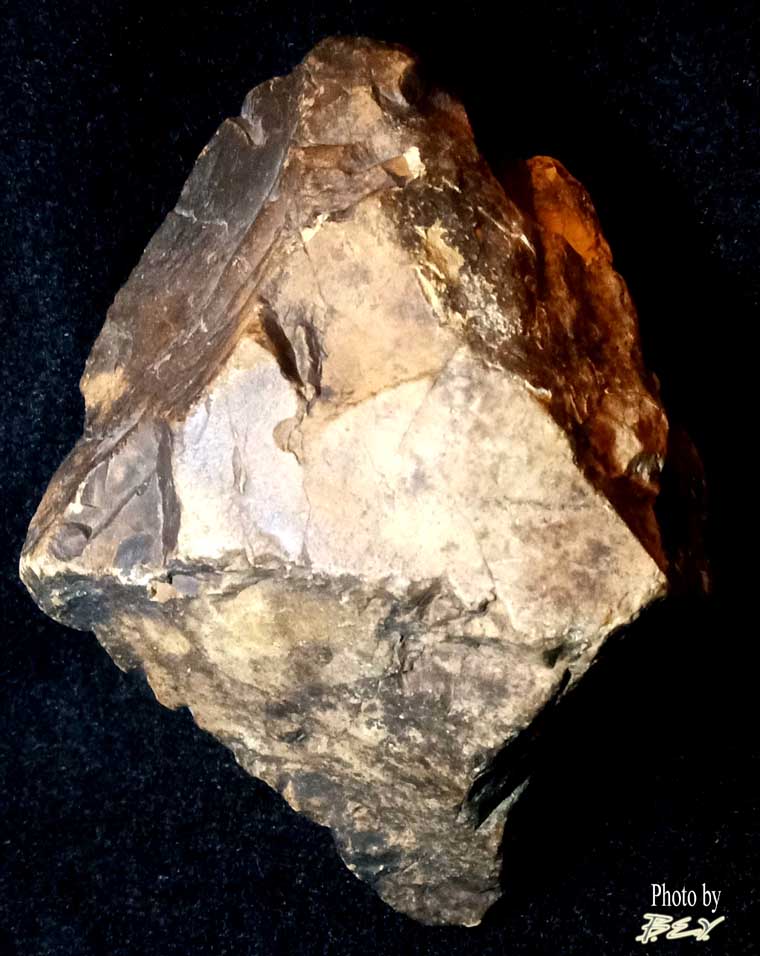
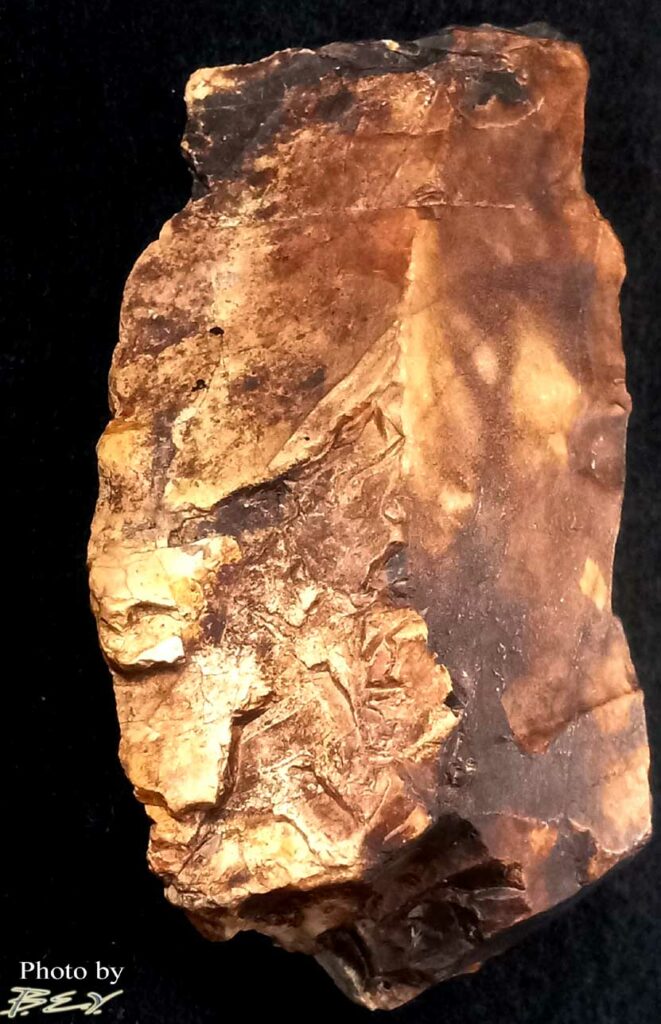

Not to get too far afield, let’s return to topic with the terracotta stone below.
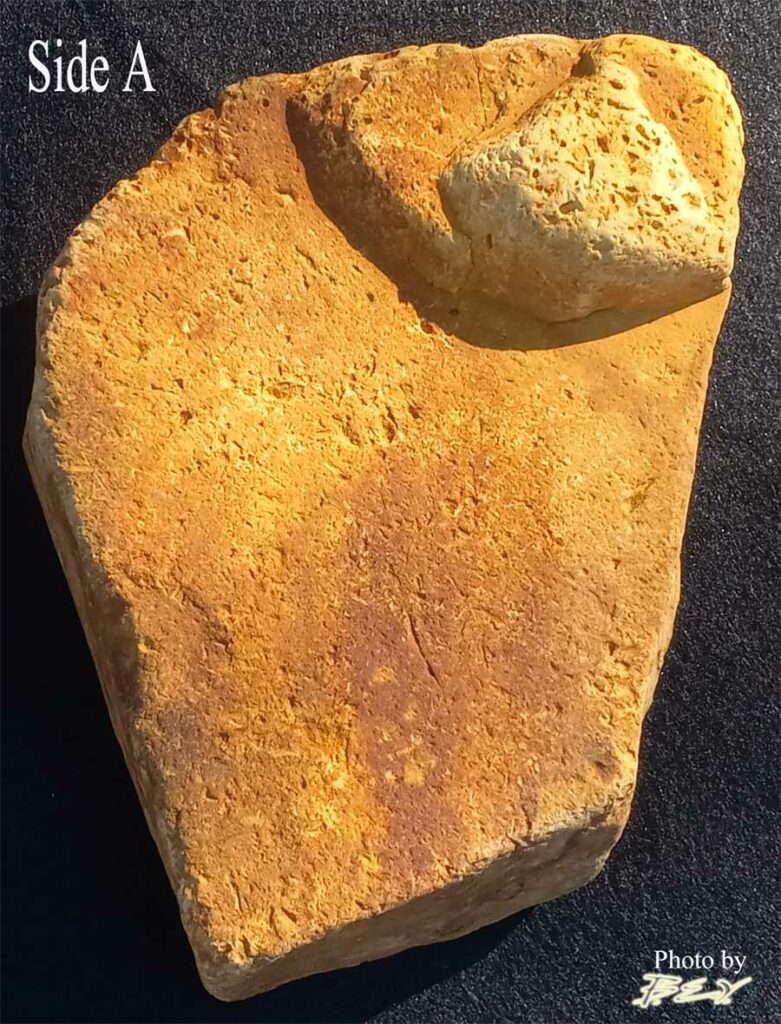
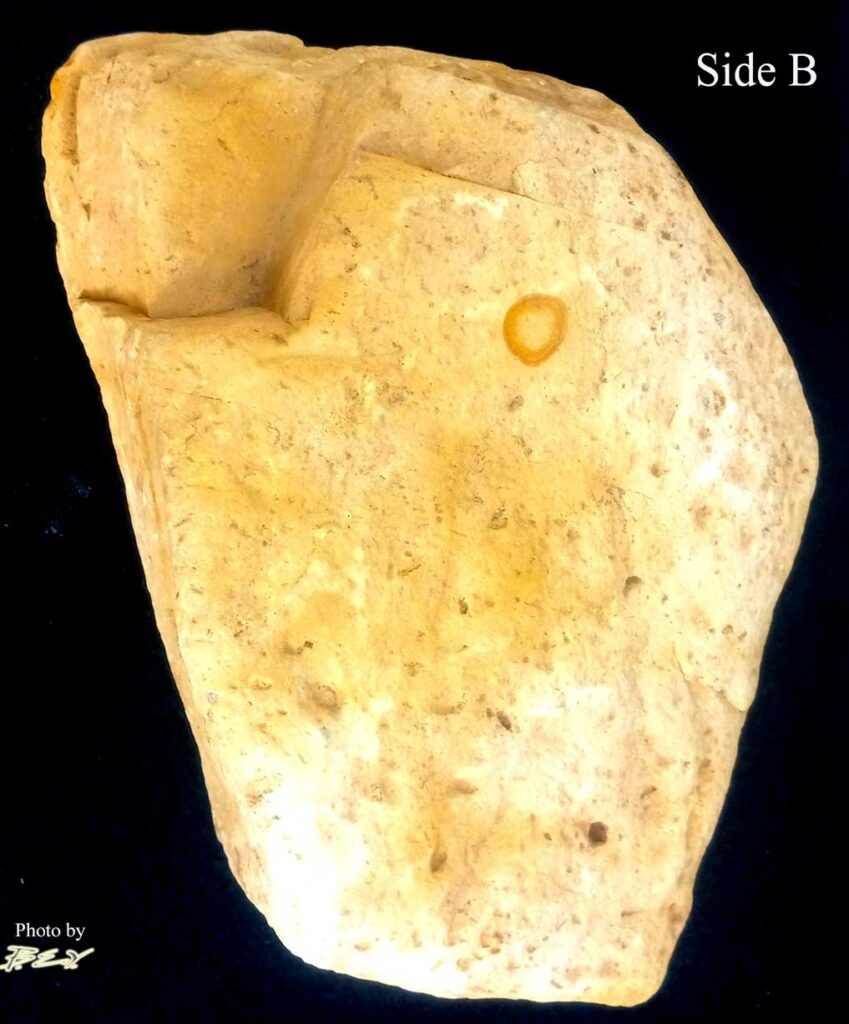
While this terracotta stone is less rigid with its curved top, its construction is almost identical with the first two examples. This terracotta piece is about 3.5 times larger in size than the second example. Like its’ near doppelganger it sports an almost identical hump or prominence, though more offset to the top right of the piece. Perhaps the hump had the same artistic purpose. The prominence on this piece is more detailed however and is tri- (3) instead of bi- (2) leveled.
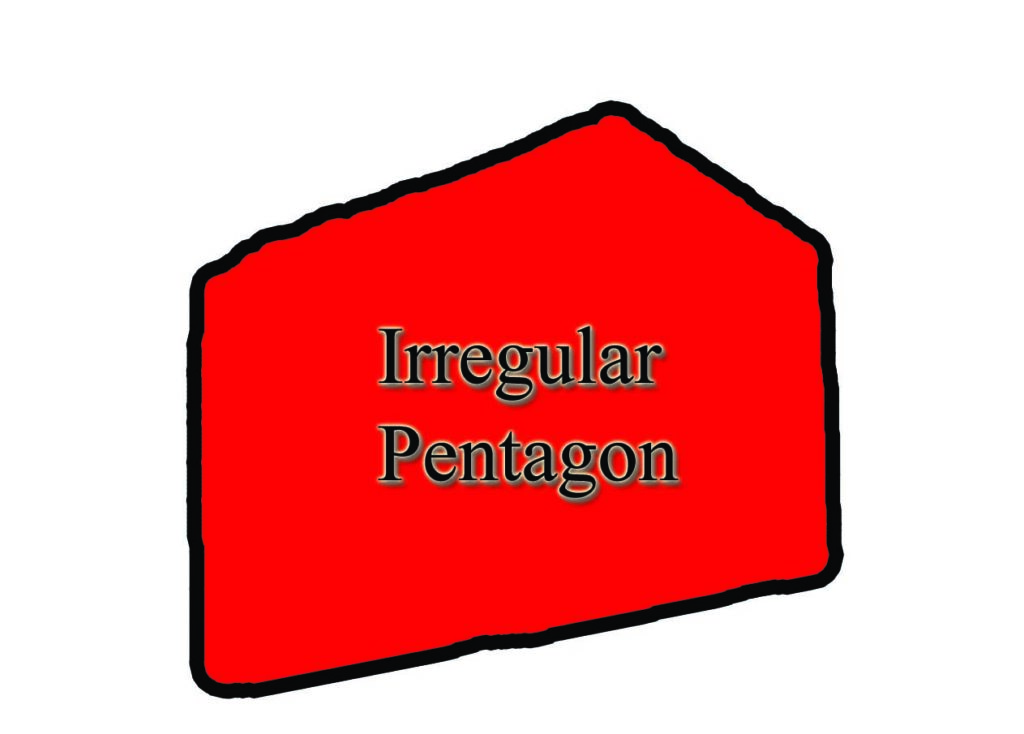
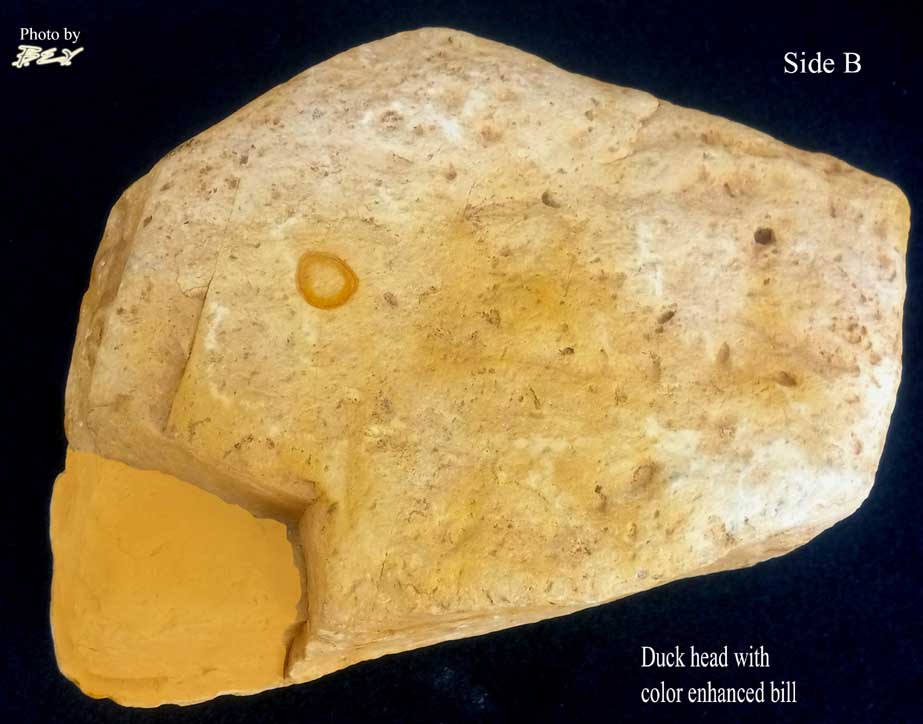
The opposite side of this stone comprises a symbol at the core of the Aha civilization. When rotated 90⁰ counter clockwise, this piece forms an irregular pentagon shape identical to that of a stone outlined in chapter one. In addition, this side of the stone sports a concise angular cut and utilizes a multilayered style to create two animal images. The first image is the head of a duck 🦆 comprising the entirety of the stone. The second is a serpent’s head overlapping that of the duck. The artist carried this out by using a “ridged-line”¹ technique. Both duck and serpent were done in a blocky almost cubist form. The orange circular pigment is a shared characteristic serving as the eye for both duck and serpent.
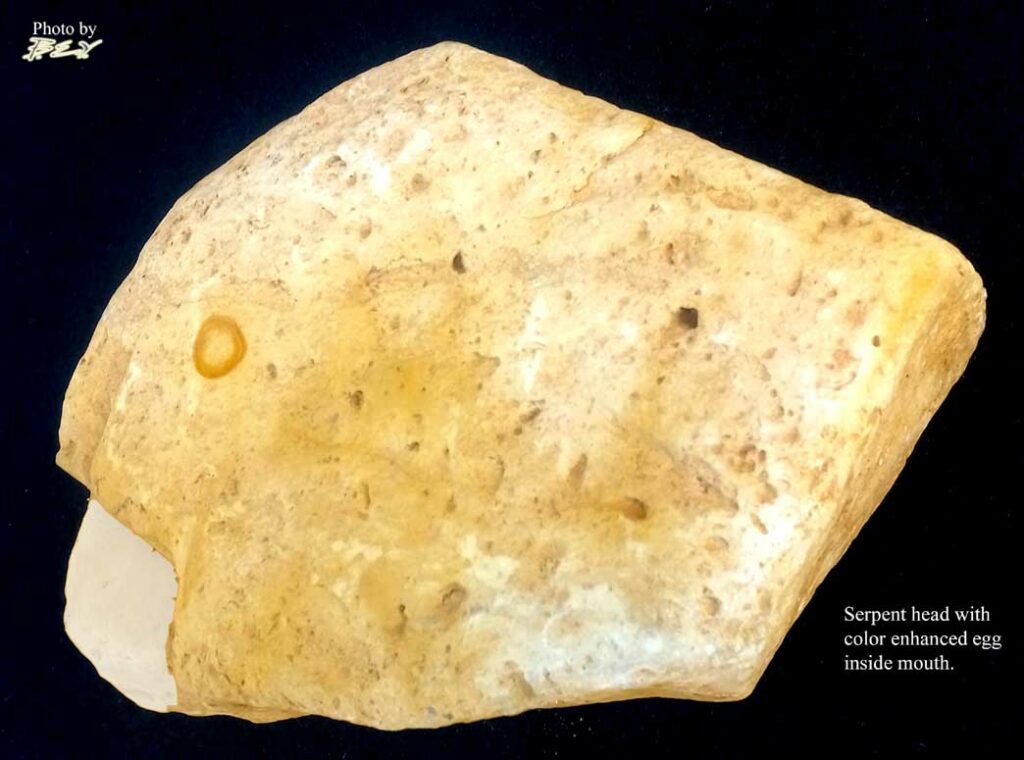

The serpent figure also has additional hidden symbology. When viewed from the opposite angle, the serpent becomes more prominent on the stone. The image of the duck disappears and the duck’s bill becomes an egg 🥚 inside the serpents open mouth. Equally impressive, the serpent image has a triangular shaped tooth/fang only visualized via shadow. Like many of these stones, the rising and setting of the sun ☀ can be essential in highlighting hidden or minute details.
I’m certain about the analysis of the previous stone. The most telling factor is the serpent image. Its outline is nearly identical in style to that of the “Pac-Man” shaped baby dragon stone. Perhaps it indicates the same type of reptile. Or the mouth, produced by an angular cut, could simply be indicative of a trait the Aha people assigned to certain types of reptiles. Either way, when viewed together, the two animal images (duck and serpent) symbolically represent the theme of a flying or winged serpent. Amazingly, these stones were created by a previously unknown civilization. A civilization which existed long Before the Olmec.
This ends Chapter 3. Hope you learned something new 🤓. If so please share. Thanks.